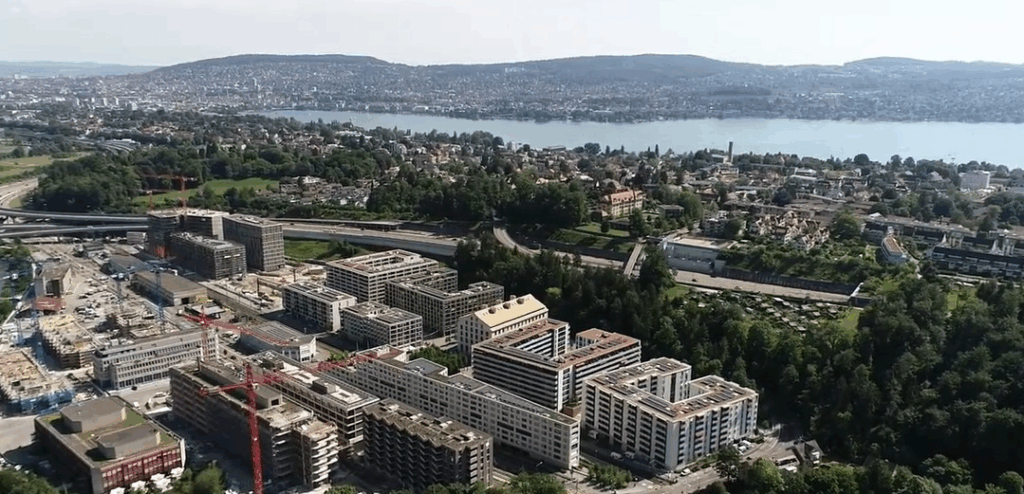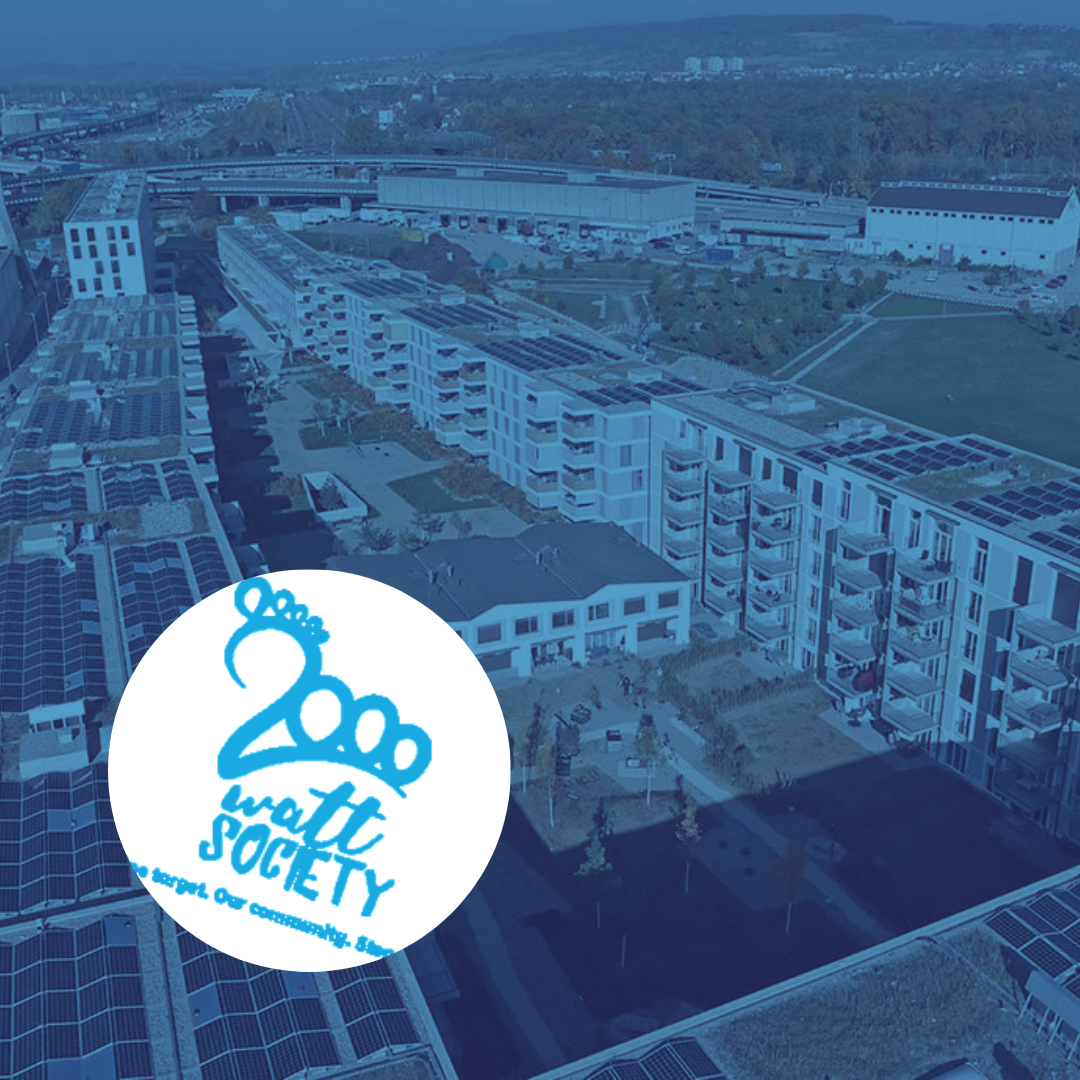Zurich’s Greencity locality exemplifies a groundbreaking model for sustainable urban development, centered around the ambitious 2000-Watt Society initiative that aims to reduce per capita energy consumption to 2000-watts and cut greenhouse gas emissions drastically by 2050, without compromising quality of life. This achievement is the result of robust collaboration between residents, policymakers, and private developers, creating a living space powered by renewable energy, efficient buildings, and seamless public transport.
In an era marked by severe climate disruptions, including 2025’s record heatwaves in Europe, deadly floods in South Asia, and sea level rise threatening coastal regions worldwide, Greencity stands as an inspiring blueprint for sustainable living. India’s recent partnership with the 2000-Watt Society and other climate initiatives highlight the global relevance and adaptability of this model.
How People and Policy United to Create Greencity’s Model of Sustainability
The GreenCity locality near Zurich’s city centre embodies how integrating innovative policy frameworks with community commitment can realize a sustainable future. The site, developed on former industrial land, features residential and commercial buildings constructed to the highest energy efficiency standards like Minergie-P-Eco and LEED Platinum, powered by a small hydroelectric plant supplying carbon-neutral electricity.
Residents embrace environmentally conscious choices such as extensive use of public transit—trains connect Greencity with Zurich’s main station in under ten minutes—and cycling, alongside lifestyle changes supported by smart meters that track personal energy consumption. Moreover, India has taken appreciable steps by partnering with the 2000-Watt Smart Cities Association, collaborating with states like Maharashtra, demonstrating a commitment to localising international sustainable urban models and fostering climate resilience.

The Global Significance of the 2000-Watt Society
The ‘2000-watt’ target was developed by ETH Zurich research as a scientifically sound measure representing the sustainable energy consumption compatible with a prosperous, healthy lifestyle. Zurich’s 2008 referendum saw overwhelming public approval to reduce energy use by more than 60% and lower CO2 emissions to one ton per person annually by 2050, setting legally binding targets ahead of many global counterparts. This approach showcases how ambitious environmental goals can be reconciled with high living standards rather than hinder them, inspiring cities worldwide to adopt rigorous standards, energy-efficient technologies, and renewable energy systems as pillars of urban planning.
India’s Climate Action and Aspirations for a Sustainable Future
India’s vigorous climate initiatives encompass scaling up renewables, energy efficiency programs, and urban sustainability projects that target pollution and resource use reduction. Partnerships with the 2000-Watt Society hold the potential to deepen these efforts by providing tested frameworks for sustainable urban growth tailored to India’s unique social and economic landscape.
Such collaborations reinforce India’s vision of building cities where green infrastructure, community involvement, and technological innovation coalesce, ensuring future generations inherit healthy, harmonious, and resilient environments. With over 35% of India’s population already living in urban areas and rising energy demands, embracing lessons from Greencity and the 2000-Watt Society could be foundational in accelerating India’s transformative journey toward climate justice, carbon neutrality, and sustainable development.
The Logical Indian’s Perspective
The Logical Indian applauds Zurich’s Greencity and the 2000-Watt Society as exemplary models demonstrating that science-based targets, democratic involvement, and integrated urban planning can create livable, equitable, and sustainable cities. These achievements underscore what is possible when people and policy unite around shared goals of environmental stewardship and wellbeing.
India and other emerging economies stand at a crossroads, capable of leapfrogging to greener futures by learning from such blueprints. How can India’s policymakers and citizens collectively drive similar transformative change within their diverse and rapidly growing cities? We invite readers to engage around envisioning inclusive sustainability pathways that nurture people, planet, and progress alike.












